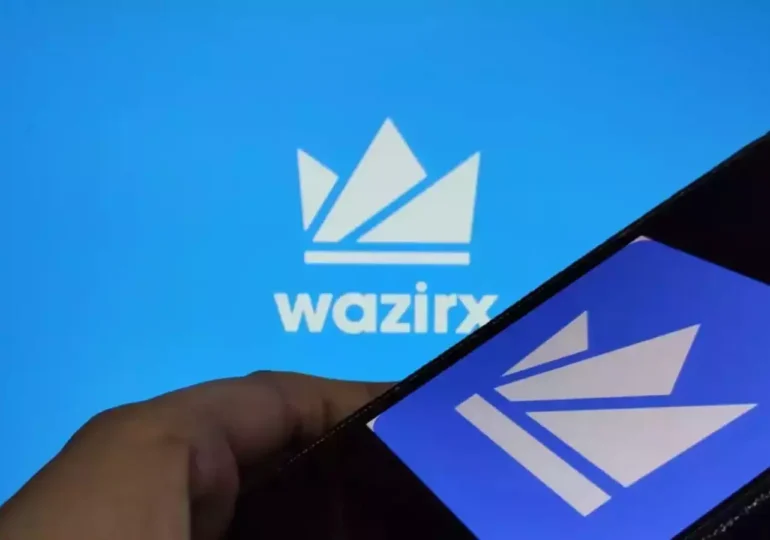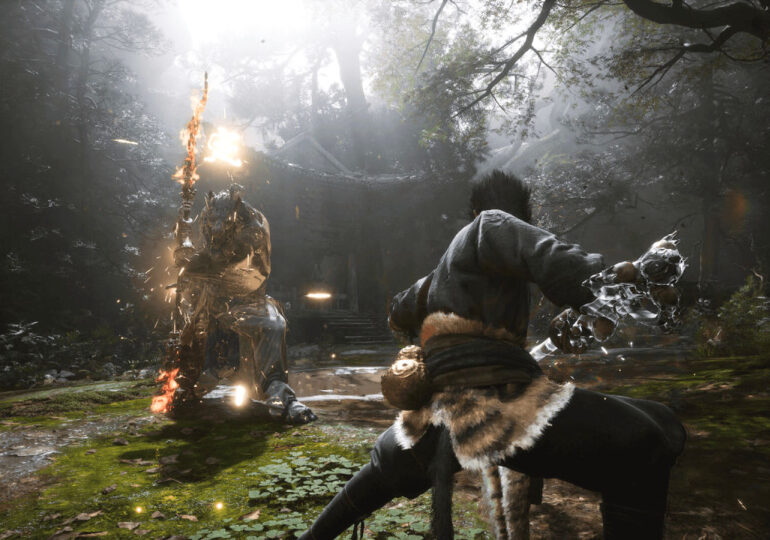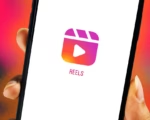OpenAI GPT-4o Starts Deployment with Added Web Searching Capability
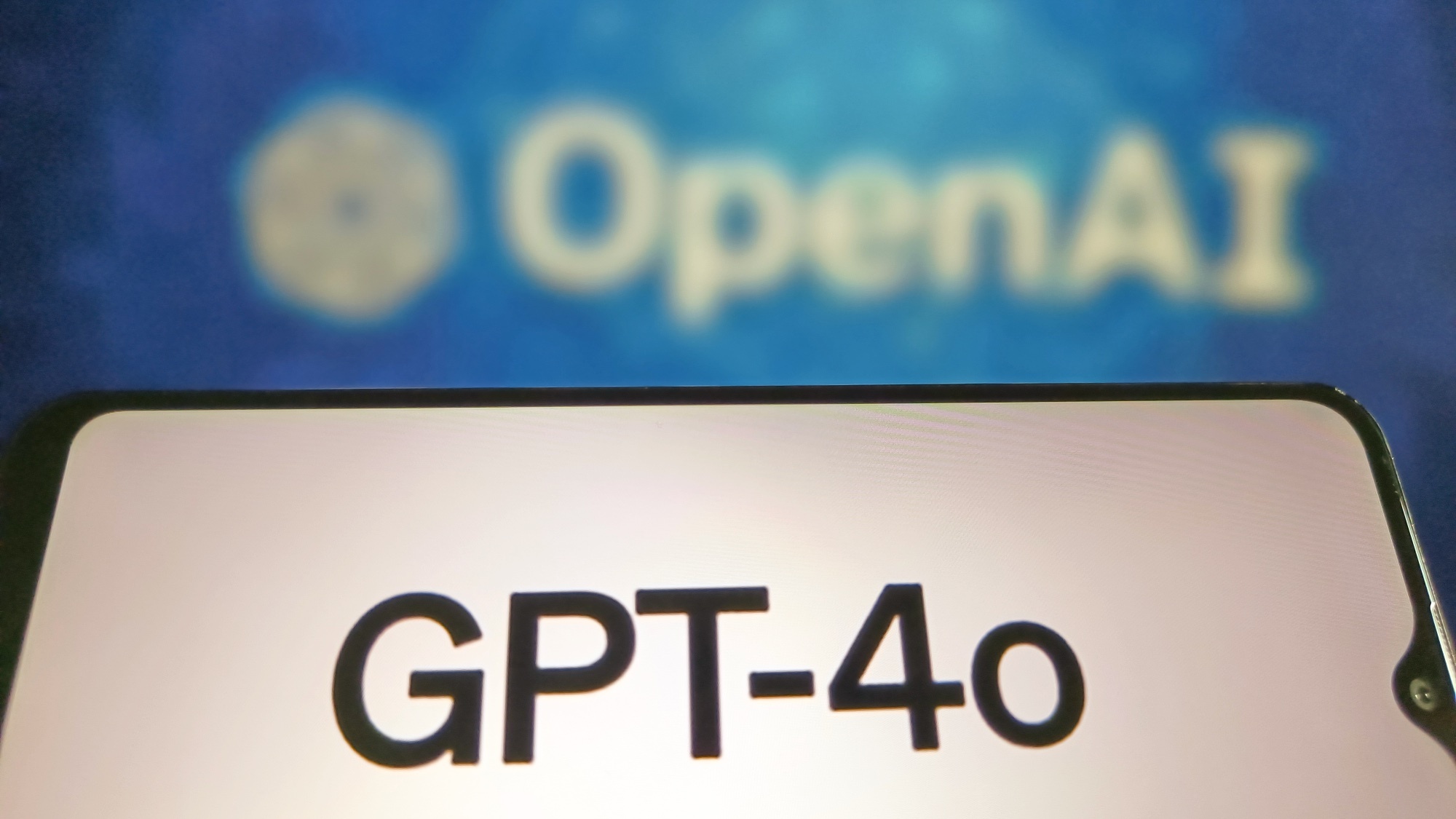
OpenAI Introduces Flagship AI Model GPT-4o
OpenAI’s latest flagship-grade AI model, GPT-4o, was officially unveiled on Monday, marking a significant advancement in artificial intelligence technology. Currently in the initial stages of rollout, the GPT-4o model promises substantial enhancements in speech and vision capabilities, alongside improved language understanding and contextual comprehension of queries. While the model’s voice and video features are not yet operational, users can already leverage its text-based functionalities and newly integrated web search capabilities.
Company recently gained access to the GPT-4o model, confirming its availability in India despite initial details being scant during OpenAI’s Spring Update event. However, access remains limited, restricted to a select few staff members initially. It appears OpenAI is employing a phased rollout strategy, with broader availability expected in the coming weeks as the model undergoes further testing and optimization. During our trial, we were able to pose approximately ten questions before hitting usage limits and reverting to GPT-3.5.
The introduction of web search capabilities within GPT-4o represents a notable enhancement, enabling users to retrieve information directly within their conversational interactions. This feature is poised to significantly expand the model’s utility, bridging the gap between AI-generated responses and real-time access to online information.
OpenAI’s decision to gradually deploy GPT-4o reflects a cautious approach aimed at ensuring reliability and performance consistency across diverse user interactions. As the rollout progresses, OpenAI will likely address initial limitations and fine-tune the model’s capabilities based on user feedback and operational data.
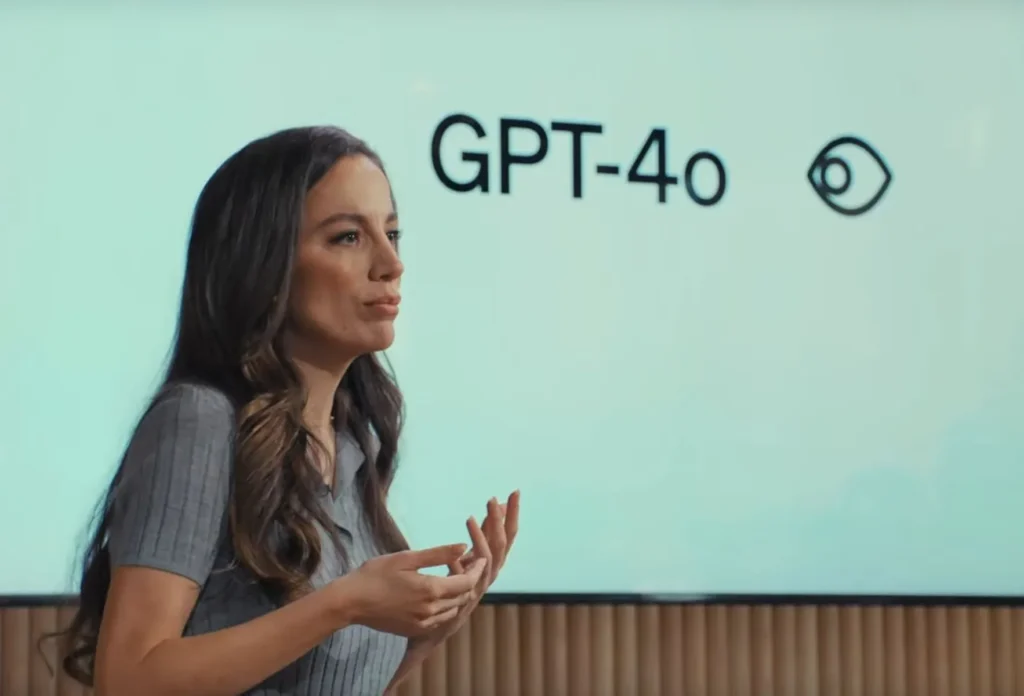
Early adopters and technology enthusiasts eagerly anticipate broader access to GPT-4o, expecting it to set new benchmarks in AI-driven natural language processing and interactive capabilities. The model’s ability to understand nuanced queries and provide accurate responses is expected to enhance user experiences across various applications, from customer service automation to educational tools and beyond.
In summary, OpenAI’s launch of the GPT-4o AI model heralds a new era of advanced conversational AI, integrating cutting-edge technologies to enhance speech, vision, and language processing capabilities. With its initial rollout underway, the model’s integration of web search functionalities marks a significant step forward in AI’s evolution, promising broader accessibility and utility in real-world applications.
Compared to GPT-3.5, it now shows the answers in a better format and does not complete multiple steps in one go. Creative generation is also more fluid and the usage of its ‘robotic’ language has reduced significantly. And the biggest upgrade is that this model can search the web to give you the latest information, so you do not have to worry about its knowledge cut-off anymore. Every web-based search result now comes with citations for which website was used to get the information.



